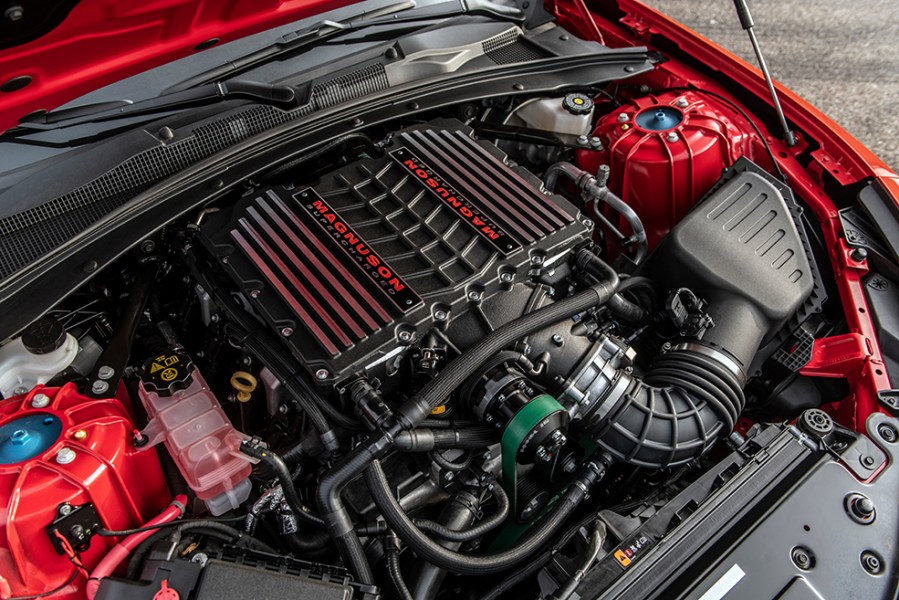The camshaft has to be one of the most complex subjects in car tuning. But what do cams actually do? We’ll be answering that and everything else you need to know about them in this guide.
What Is a Camshaft?
Well, to put it simply, a camshaft operate your engine’s inlet and exhaust valves, opening and closing them at the right moments to allow your engine to run. By making changes to when your valves open – how far they open and how long they open for – you can transform how your engine performs.
Lift & Duration
The two main things you can adjust by tweaking your cams are lift (which is how far your valves open), and duration (which is how long your valves are open for). In performance terms, higher lift gives improved power with very little loss of low rpm performance.
However, you’ll be limited to how much is possible without the valves colliding with the pistons, or causing excessive wear to the cams and valve train. Unlike lift, cam duration is a very give-and-take thing, and while increasing duration can boost top end power, it usually also decreases low rpm power by a similar amount.
For this reason, full-on race engines that barely go below 7000rpm run super long duration cams. But most road-going engines run shorter duration cams for more useable low-rpm performance.
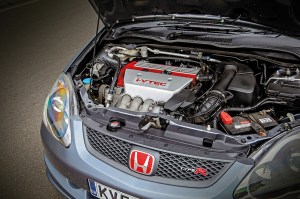
Variable Valve Timing
Many cars these days have some form of variable valve or cam timing, such as the famous Honda VTEC setup. While we won’t bore you with how it works. This means you can have the best of both worlds from one set of cams. A sensible mode for low-rpm driveability and economy, and a bonkers mode for high-rpm mentalist power. Awesome!
Thanks to the way VTEC engines use one cam profile for low rpm use and another at high rpm, wild cams are less of an issue for driveability in a VTEC-equipped car as they can be in other engines. Unfortunately, Honda fit wild cams as standard in their performance VTEC engines, like in the Honda Civic Type R. For most situations, to take them any wilder would make the car undriveable. However, on milder VTEC engines this gives a great opportunity to increase top end power without ruining drivability.
Single And Multi-Cam Setups
It doesn’t take a genius to work out how many cams a quad cam engine has, but why do engines have differing numbers of camshafts? The most basic is a single-cam engine, and this means there’s one camshaft controlling all the valves. On a straight engine it means you have two cams, one controlling the inlet valves and one controlling the exhaust valves. The main advantage of this in tuning terms is that more adjustment is possible.
In a ‘V’ or ‘flat’ engine design, twin-cam means one overhead camshaft per head, with each working like a single-cam. Finally, quad-cam is just like twin-cam on a straight engine, but a V or flat engine has two cams per head.
What If There Isn’t a Camshaft?
Not all engines even have a camshaft; prime example, Mazda’s RX-7. Mazda rotary engines and many two-stroke engines have none at all. On a conventional four-stroke piston engine though, cams and valves are vital. Unfortunately, the force required to open valves is huge, in fact, it saps around 25 percent of most engines’ power at idle speed. Because of this, if there was no need for cams and valve springs, engines would be far more powerful and economical.
Unsurprisingly, many manufacturers have realized this. Development of designs using electromagnets, instead of cams and springs, to open and close the valves are in progress. Koenigsegg deploys something similar in its Gemera hypercar. Once the tech has become more mainstream though, it’ll allow levels of valve tuning that’ll make a VTEC look like a steam engine.
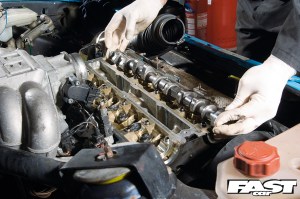
What camshafts are right for my car?
Cams are all about getting the air in and out of your engine, but depending on how your engine receives its air in the first place can change what sort of cams are right for you. All engines are different – as are people’s opinions of what’s too wild – and you should always do research into the effects of different cams in your chosen engine before making a final decision. Now you’ve been warned, here’s a basic guide…
Naturally-aspirated engines
With no air forced in to your car, you have little choice but to run fairly wild cams and, unfortunately, live with a smaller and higher rpm powerband when you go for increased power. Exactly how far you wish to go is up to you, but often up to 280-290 degree cams give a substantial power increase, along with suitable supporting changes, while still being acceptably drivable on the road.
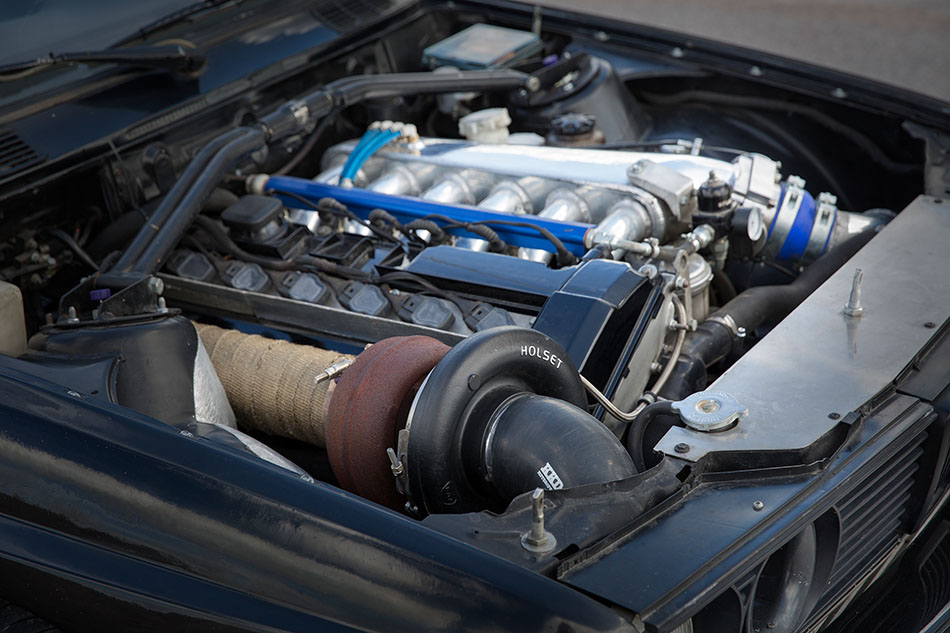
Turbocharged Engines
These engines, even from the factory, run far milder cams than their normally aspirated equivalents because they have the air forced in, meaning they don’t have to sacrifice so much low down power by using particularly wild cams. For maximum gains while retaining drivability, high lift but low duration cams are the suggested route to take, and these are often marketed as ‘Turbo cams’. Long duration have a double disadvantage on turbo engines because the low down power loss you get on all engines is usually compounded by a slower turbo spool, so you’ve got to be careful how far you go.
With your average four valve per cylinder engine, you can usually get well over 200bhp per liter on pump fuel with relatively mild cams around 260 duration, which keeps the car tractable and responsive low down. On race turbo engines running high boost, we’ve seen around 400bhp per liter running similarly mild camshafts. That’s not to say wilder cams are not useful, because if you’re building an engine for all-out power or top speed use then super long duration cams very similar to an N/A engine will get you the power at much lower boost; albeit at the expense of a lot of torque and low down power.

Unequal Camshafts
Another common trick on turbo engines are unequal cams, where the inlet cam is, for example, 265 duration, and the exhaust cam is standard, or the inlet is 285 duration but the exhaust is a milder 265. This, as mentioned earlier in the unequal cams section, is a good way of increasing power by letting the turbo push in more air without losing too much low down power.
Overlap is a debatable subject on turbo cars, and often can depend on the tuner’s preference and engine spec. While overlap leads to the fuel/ air mix still being burned as it exits into the turbo and potentially helping spool, if the engine has more backpressure than boost pressure the effect is often reversed and performance is lowered with very little gains anywhere.
Supercharged Engines
Supercharged engines respond very similarly to turbo engines with regard to cam choice, aside from one factor: overlap. Apart from a few maximum-effort high-rpm only applications, overlap will do nothing for a supercharged engine aside from hugely lower its performance at some parts, if not all, of the rev range.
The reason is that the pressurized inlet air and the fuel that is added along with it, would just be thrown out of the exhaust, increasing emissions, exhaust temps and back pressure, but wasting a huge amount of power at the same time.
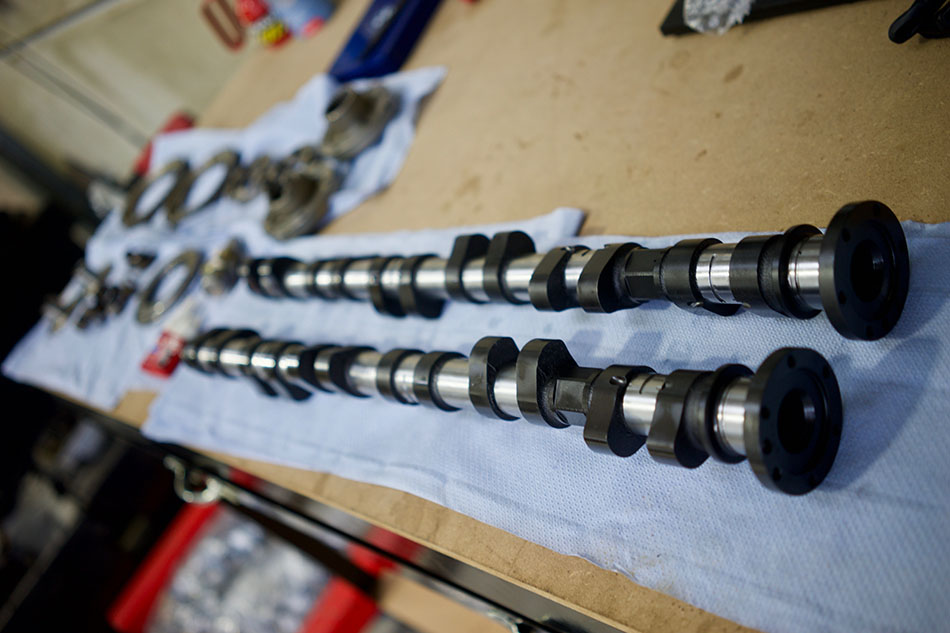
Things to consider when upgrading a camshaft
Like most fun things, there’s such a thing as too much. In fact, too much cam can make your car run really badly. The lumpy idle and a high rolling road bhp figure from some lairy cams might make people think your car is fast, but when you have no low-down power and a tiny power band, it’s at best a pain in the ass to drive. And at worst, not actually very fast.
Naturally Aspirated Engines
With N/A cars, especially ones without any form of variable valve/cam timing, you will always be giving away low-down power to gain high rpm performance. So, make sure the rest of the engine is just as wild, or all you’ll do is lose low-down grunt, without gaining anything worthwhile up top.
Forced Induction Engines
With turbos and superchargers it’s even easier to have too much cam. While a pair of fast road cams in your otherwise standard naturally aspirated engine may wake it right up, the same cams in your standard turbo or supercharged lump could make it lose a ton of low-rpm performance without gaining anything on the top end.
In some cases we’ve seen cars lose peak power with OTT cams. As your tuned turbo and supercharged engine specs get wilder, so do the worthwhile camshaft specs, but compared to an N/A engine, it’s always quite mild. It’s often possible to double the standard power on a turbo car with stock cams still fitted, and even fitting the cams from the lower power N/A version of your engine is usually an upgrade. Don’t go too crazy!
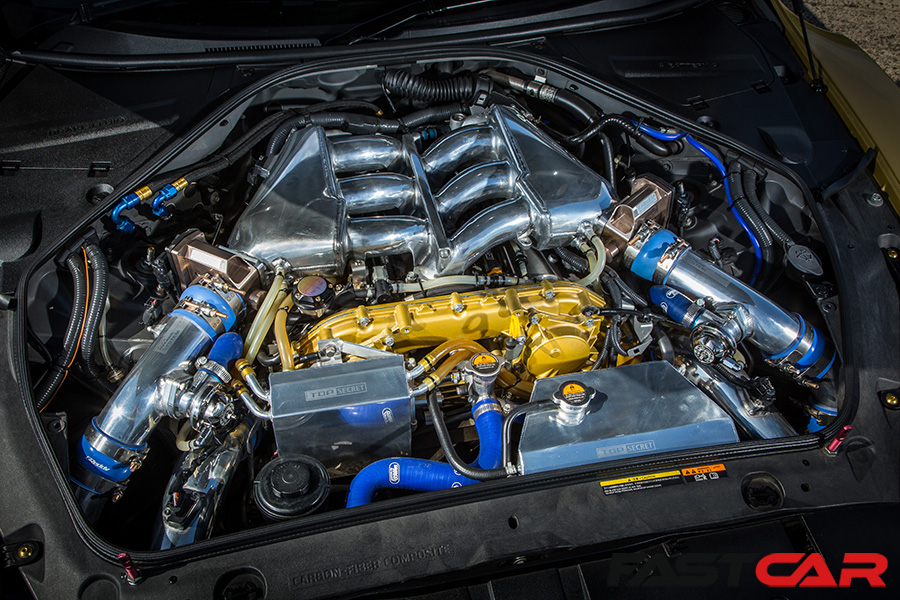
Additional Modifications To Help Your Camshaft Upgrade
Pop in a set and gain 25bhp? It’s rarely that simple. Here are a few more things that often need changing…
- Uprated valve springs – These stop the springs becoming coil bound or being forced open by boost pressure or exhaust back pressure.
- Adjustable cam pulleys – Used to precisely set up aftermarket cams, they look damn pretty too.
- Notched pistons – Many wilder cams require modified pistons to stop the valves crashing into them at full lift.
- Solid lifters – Most cars have hydraulic lifters, but these can’t cope with seriously wild cams, so a solid lifter conversion needs doing. More maintenance is required, and a bit more engine noise, but it’s worth it.
- Uprated cambelt – Not vital, but when you’re revving your car higher and harder, it’s a wise and cheap upgrade on many cars.
- Modified head – There’s only so far you can go with cams until your head needs work. From oversized valves and bigger ports, to a bit of grinding to stop the giant cam lobes whacking into the head. It all needs doing when you’re building an engine with wild cams.
- ECU Remap – Even the mildest camshaft swap will benefit from the fuel and ignition settings being tweaked to take advantage of the increase in airflow the cams have given.
Love modified cars? Don’t miss out on our Fast Car Entertainment event series! We bring together some of the coolest modified car builds in the UK and Europe at iconic venues across the UK, like Silverstone and Goodwood!

